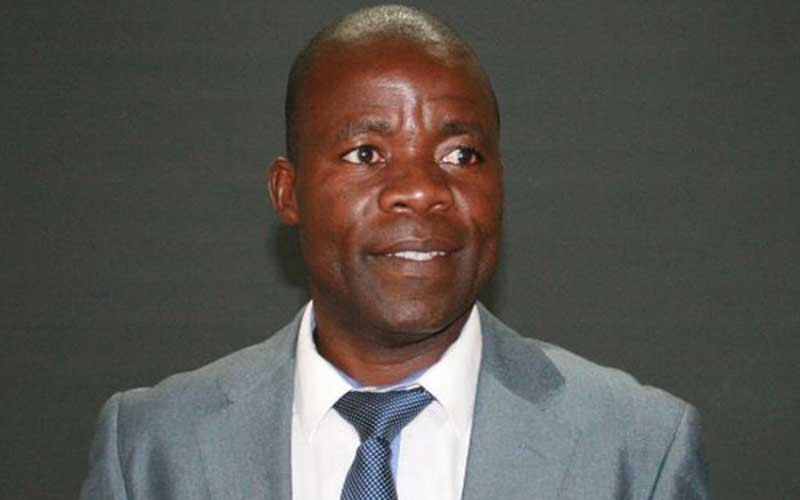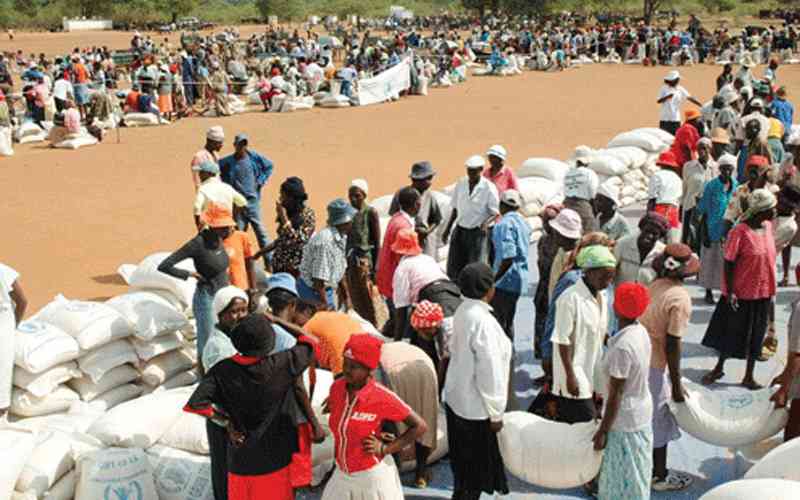
In any given setting, Zimbabwe included, the local people, the marginalised, the vulnerable and those at the deep-end of society are normally despised and looked-down upon.
Whenever climate issues are discussed, the poor ones are neither nearer nor consulted, in fact they don’t know about green talk, COP 21, greenhouse or carbon footprints. Not knowing these upmarket terms does not mean that they cannot articulate the changes that take place in their environments, how these changes have affected their livelihoods and also what can be done to improve their current state of affairs. These people are indispensable in terms of the local knowledge. When the Zimbabwean elite and climate change “gurus” leave for the COP 21, UNFCCC or IPCC conferences, they leave out these vulnerable, the wretched ones or presumably malcontents. This happens in their wildest imaginations and wishful thinking.
In no time at all, they will be at the airport to catch one of the biggest air buses that can cruise at 3 000m above sea-level heading either to Bonn, Paris, Rome or Washington. In their crass ignorance, they think that their views are more important and quite representative enough not knowing that they are not much better than the views of the communities that they despise, who in this case have tales to tell about the effects of climate change. Because these people will never be consulted, it is better for civil society to empower them with community radios or radio stations to enhance their climate awareness.
Community radio is very different from other forms of radios. According to Gladin, Moody and Schneider (2010), community radios are radios by the community, for the community and about the community. They are widely known as the, “people’s radios” because they are owned and produced by the people. Above all, community radios are about the people, their views, interests, news, culture, music and their lives in general. Community radios are run by the local people, for the community, in local languages, focussing on issues at the heart of sustainable development, such as climate change and environmental degradation.
Community radios become the medium of choice especially these days when climate change is tearing everything into shreds. They have the potential of strengthening local voices, providing spaces for adaptation as well as knowledge sharing platforms between communities. Issues of marginalisation and unequal power relations can be challenged by utilising these community radio stations. The community radio stations can offer knowledge regarding approaching disasters, farming season, what to plant or any shock absorbers they may decide to have in the event of famine and droughts caused by climate change.
Many African countries, Kenya and Ghana being on the forefront, are now utilising the power of community radios not for regime change agenda, but for sustainable socio-economic development. Community radios are critical in that they reinforce cultural practices and promote sharing of vital information for immediate communities. They facilitate the people’s understanding of their local and indigenous knowledge systems as valuable points of call for climate change adaptation and mitigation. Any government that does not have anything to hide from its people should not frown upon the acquisition of these radios by the communities. These are the communities already in the “know” as compared to the government. They have knowledge of their local landscapes, physical features and sacred places. All the geography of the area is on their fingertips. If gadgets such as the community radios are not properly utilised then it will be easy to continuously miss the known community gaps. It is the duty of these community radios to build upon expectations of the local vulnerable groups not the misplaced expectations of those in higher offices. Confiscating and destroying these small radios by arms of the State will do a lot to limit potential for lasting change.

One vital component of community radios is that they have the widest geographical coverage and many audiences at a low cost or no cost at all as compared to newspapers, the internet or televisions. Africa still lags behind other continents with regard to the ownership of these radio stations as many of the governments have the majority ownership followed by private sector and usually none by the communities. When climate change disasters struck, it is usually communities that bear the brunt before government assistance start to trickle in at the snail’s pace. The case of Chingwizi is always fresh in our minds. It would have been better if these communities had the power of these radios, they would have always reacted appropriately and on time.
- Chamisa under fire over US$120K donation
- Mavhunga puts DeMbare into Chibuku quarterfinals
- Pension funds bet on Cabora Bassa oilfields
- Councils defy govt fire tender directive
Keep Reading
Community radios remain the medium of choice for engaging local discussions on how the environment is failing them or how they are even failing the environment themselves. This is the same, one and only environment they have known for the rest of their lives and they are quite better placed to nourish it. As the mouth-piece of the marginalised, community radios provide these people with time and space to articulate issues about what has happened to their rivers, wetlands, springs, weather patterns, flora and fauna including the normally dependable rainfall patterns.
lPeter Makwanya is a climate change communicator. He writes in his own capacity and can be contacted on: [email protected]











